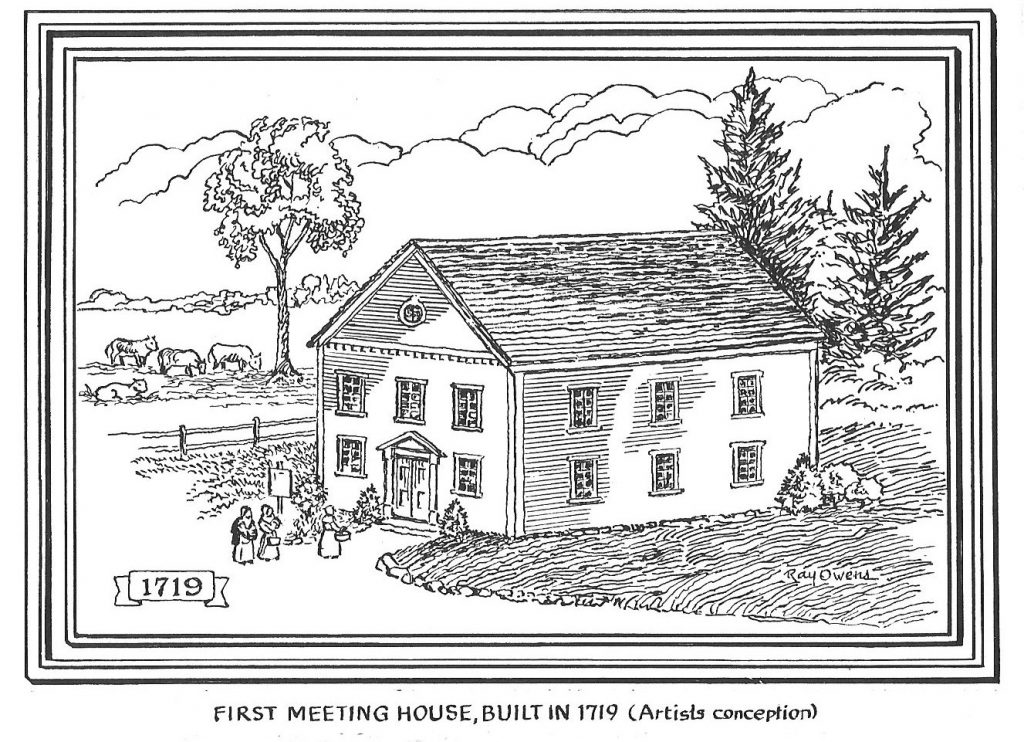By Dan Shine
Voice Columnist
Four Centuries of West Haven Green
Part Three
See – Part 1, Part 2, Part 4, Part 5 Part 6, Part 7 or Part 8
This is the third in a series that will touch on the 400-plus year history of West Haven’s Green, courtesy of Peter J. Malia-
Their names are familiar even now: Thompson, Burwell, Beecher, Prindle, and Smith. No, this is not the name of some high-powered law firm. These were the six founding families of the West Haven Green. Mostly hardscrabble farmers and seafarers, these second and third generation Puritans were no longer so willing to live in the shadows of New Haven’s tightly run and aging theocracy. Like young people everywhere, these West Haveners wanted a say in how to live their lives. The best way to achieve that in 1710 Connecticut was to win legislative approval to build a Congregational meetinghouse right on their brand new green.

By 1717, West Haven’s first meetinghouse was up and running on the northeast corner of the Green, not far from its present location. Two years later the church vestry offered 23-year-old Yale tutor Samuel Johnson the job of full-time minister. It paid £80 a year and came along with firewood and a house lot located just across the street from the Green, next door to what is today the West Haven Historical Society.
But the young Reverend Johnson soon scandalized the infant congregation when he announced from the pulpit his plans to convert to Church of England. Worse still, nearly 15 percent of the Congregationalist congregation left with Johnson to found an Anglican society in West Haven, one of the first in Connecticut.
Without a minister, West Haven’s First Church became a “widowed” parish. Church members continued services on their own until the Reverend Jonathan Arnold became minister in 1724. Over the next decade, Arnold provided West Haven with a semblance of relative calm. He was even seen occasionally strolling the Green in the company of none other than his charismatic predecessor, Samuel Johnson. As history would witness, those walks–and Johnson’s powers of persuasion–would have lasting repercussions for West Haven and indeed all of Connecticut. (To be continued.)
Peter J. Malia is the author of Visible Saints, West Haven, Connecticut, 1648 – 1798, available at www.connecticutpress.com, Barnes and Noble.com, ebay. com, and Amazon.com.
Image was created by the late Deacon Ray Owens of First Church.